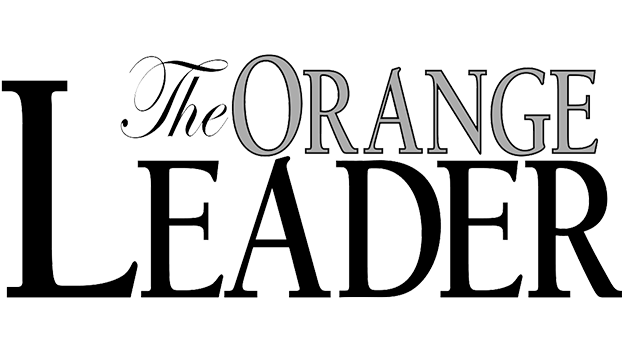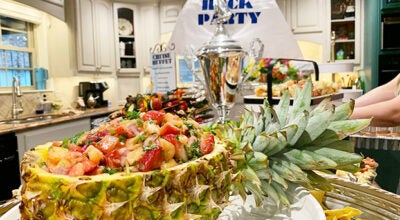AND NOW YOU KNOW — Speed laws violated & furnishing a new church in 1923
Published 12:22 am Saturday, March 12, 2022
|
Getting your Trinity Audio player ready...
|
The Orange Daily Leader edition for Sunday/Jan. 7, 1923, was a 16-page paper that included three pages of comic strips.
There were about two pages, total, of advertisements, and a plethora of news. Most of the news was local, a bit was national and a few international stories.
One of the biggest stories in Orange was the crowded docket in the county court. There were 200 cases to be heard, and most of them were related to violations of the speed laws.
Though violations had occurred on most of the county roads, a majority had occurred on the “concrete road.”
Court had adjourned on Saturday and would not reconvene until the following Tuesday. The county commissioners court was to meet on Monday. The commissioners would be canvassing the recent navigation board election.
County Judge E.S. McCarver said in the reconvening of the court on Tuesday, the cases would be disposed of in order and disposed of rapidly.
It would be necessary to speed up the proceedings due to the crowded conditions of the court docket caused by the large number of speed law violations. There were at that time more than 200 cases on the docket for the present two-week term of the court.
At Saturday’s session of the court, Horace Smith of Vidor was acquitted of a speed charge, E.E. Singleton of Orange was fined $1 and court costs, and J.I. Varnado was fined $1 and costs. Both of these cases were fined for speed law violations.
Contracts had been let for the interior furnishings and furniture for the new Methodist church building at Sixth and Elm Streets at the meeting of the building committee held at the church building.
The contract for the furniture was awarded to the Houston Showcase Company of Houston and called for Stafford Oak to be used throughout the three floors of the new building.
This included chairs in the basement where the Sunday School rooms were located and chairs in the gallery and choir together with pews in the main auditorium, and channel railings and pulpit furniture.
The contract specified completion of installation was to be done by April 1.
Interstate Electric Company of New Orleans had been awarded the contracts for electrical fixtures. The contract for electric fans had been given to the Orange Ice, Light and Water Company of Orange.
Installation of these items was also to be completed by April 1.
These awards completed the contract work on the new church edifice. Plans were being made to occupy the new church on Easter Sunday.
George Sells was chairman of the Building Committee.
The business lot at the corner of Fourth and Front Streets designated as 66 feet and one inch by 140 feet in Block 4 of the Upper Survey of the City of Orange was reported to have been sold by Goodman Aronson to Sam Sokolsky, et. al, for the sum of $20,000.
The property was the site of Aronson and Brother, Incorporated Grocers. It was one of the oldest mercantile corners in the City of Orange.
It was expected that a new and modern-day building would be erected on the corner in the near future. For the present time the Aronson store would continue to occupy the building.
The Sokolsky brothers operated the Fair Store and the White House Dry Goods Store. Speculation was that the two establishments would be combined when the new building was constructed.
“And now you know”
— Submitted by Mike Louviere






